Annotation
“Rolling cream is a fairly common problem. Every woman has encountered this situation at least once in her life. There is often an opinion that this happens only because of the poor quality of the product, although in fact the reasons can be completely different. Moreover, the cream may slide off not even because of poor quality or incompatibility with other products, but because of non-compliance with the rules of application.

Let's look at this problem and look at how to solve it once and for all.
Why can cream slide off?
Suppose you have just applied the cream and are waiting for it to be absorbed. If you run your finger over the skin and nothing collects under it, the cream is applied correctly. If you begin to feel pellets under the pad, and on the face itself - a feeling of grease or dirt, you need to wash your face well and reapply the treatment - using the correct technique.

The reasons for the applied cream to roll off may be the following:
- Poorly cleansed skin. You cannot apply the cream to the skin without first cleansing, washing and toning - the remains of dust, sebum, and dead cells instantly combine with the cream, changing its texture and causing detachments.
- Insufficiently moisturized skin. Dehydrated skin does not have the physical ability to properly absorb a product with a creamy texture - accordingly, it remains on the surface and quickly oxidizes. The skin needs to be well prepared for applying the cream by cleansing it and adding moisture.
- Excessive amount of cream. A thick layer of cream will not be able to completely absorb even the most active and “breathable” skin, which is why its residues on the skin will oxidize and roll off.
- Incorrect care. Just as aggressive peels should not be used on dry skin, products for dry skin should not be applied to oily skin. Since their compositions are designed for intensive nutrition and hydration, normal or oily skin will not have the opportunity to absorb everything, which, again, will lead to the cream slipping.
- Applying foundation on an unsuitable primer, or on several previously existing layers of cosmetics. The principle remains the same - the skin does not have time to cope with everything that is applied to it.
In addition, you must take into account your skin type, because what is relevant for oily or combination skin types is unlikely to be suitable for dry or normal skin.
Correct application of face cream
The first thing to do is to thoroughly cleanse the skin before applying the cream. You need to complete the cleansing using a toner that is suitable for your skin type - this is the product designed to fully prepare the skin for proper application of the cream.
And in general, it is recommended to select all care strictly according to the needs and the condition of your skin, otherwise you can get new problems instead of solving old ones.
The cream is best applied according to the manufacturer's instructions. If you have a jar of it and not a tube, apply the product with a small spatula rather than with your fingers - this way you will preserve the quality of the cream and its original texture.

In addition, do not rush to apply foundation immediately after applying a moisturizing or nourishing product. First, let it absorb - depending on the characteristics of the skin, this may take from 10 to 30 minutes. If your skin type and weather permit, leave products with light textures in your care - for example, concentrates or fluids. They are easier to absorb and may also be more effective.
By following simple rules, you can forget about this unpleasant feeling on your face when the cream seems to be pressing on the skin.


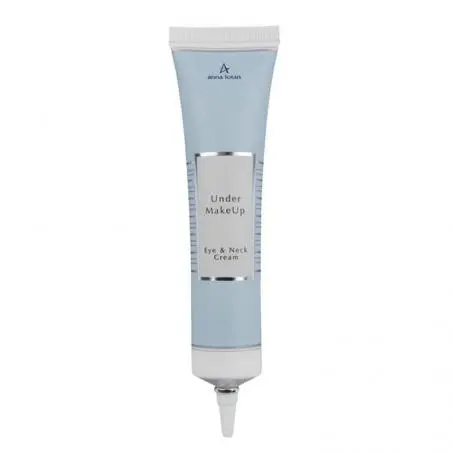



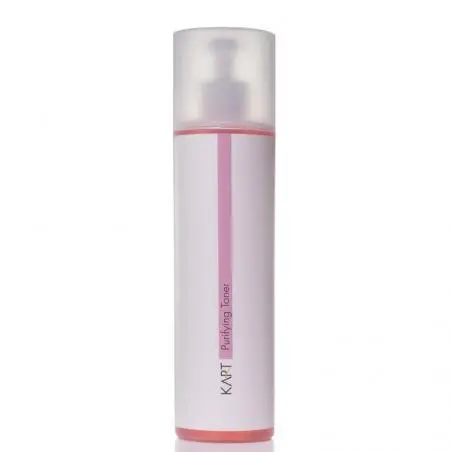

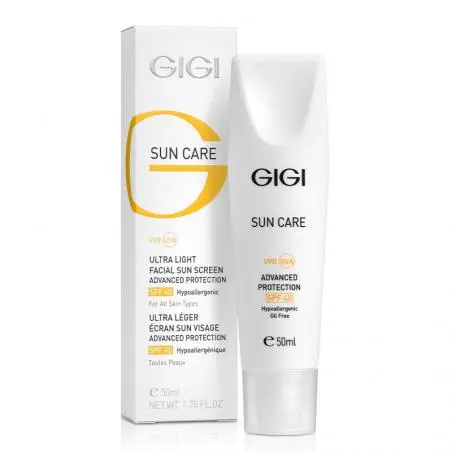




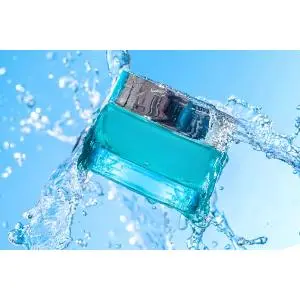


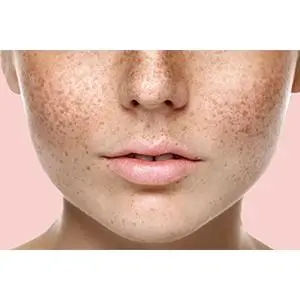

Comments
Leave your comment